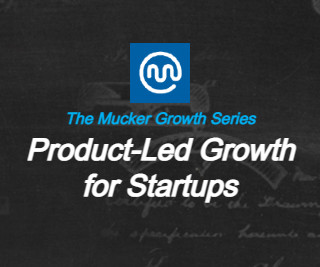Marketing Your Startup: A Billion-Dollar Company’s First Marketer Reflects Back
View from Seed
MARCH 3, 2015
Ellie Mirman was the first marketer hired by the CMO of HubSpot, the Boston-based marketing software startup that IPOed in 2014. NextView Ventures: Thinking back to before anyone knew HubSpot or the company was headed towards an IPO, where did you even start to market the company? Did you feel that pressure to deliver immediately?












Let's personalize your content